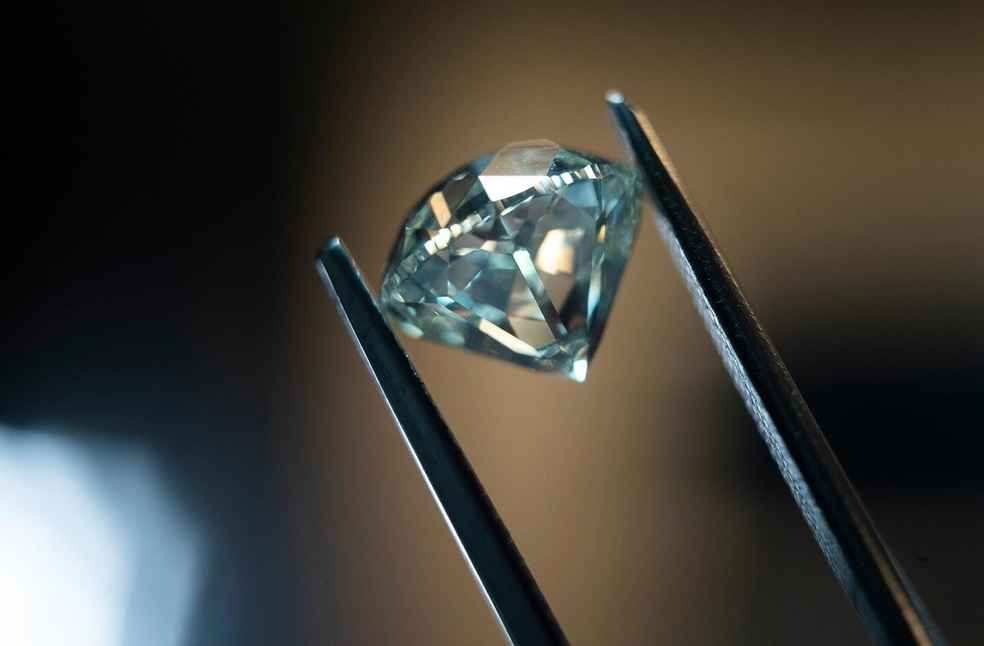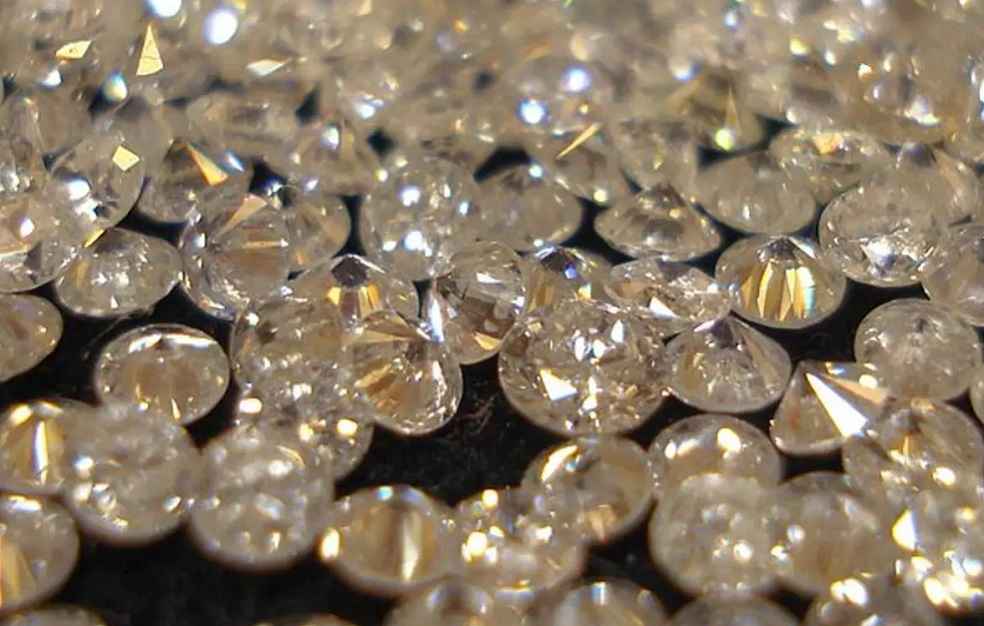India’s diamond sector is reeling from a dramatic collapse as both imports and exports plummet. The Global Trade Research Initiative (GTRI) highlights a troubling scenario marked by defaults, factory shutdowns, and significant job losses. Thousands of workers find themselves unemployed, and the sector faces unprecedented challenges with unsold rough diamonds.
Ajay Srivastava, GTRI’s Founder, underscores the gravity of the situation, pointing out the emotional and financial toll it has taken. “This has led to defaults, factory closures, and widespread job losses. Tragically, more than 60 individuals from Gujarat’s diamond sector have taken their own lives, highlighting the intense financial and emotional stress,” he said, calling for urgent measures to prevent further devastation.
Freefall of Imports and Exports
GTRI’s report paints a bleak picture. A sharp 24.5% drop in rough diamond imports, down from $18.5 billion in 2021-22 to $14 billion in 2023-24, signals waning demand and fewer processing orders. Net imports followed a similar path, with a 25.3% reduction highlighting a faltering processing interest.

On the export side, the downturn is even more pronounced. Cut and polished diamond exports have crashed by 34.6%, from $24.4 billion to $13.1 billion in just two years. Net exports, showing a staggering 45.3% decline, reflect weak global demand and soaring unsold inventories.
Growing Inventories and Shifting Markets
India’s diamond industry has seen a surge in unsold stock, with returned diamonds climbing from 35% to 45.6% during the downturn. The widening gap between net rough diamond imports and polished diamond exports now stands at $4.4 billion, a stark contrast to the $1.6 billion in 2022. This trend points to an escalating surplus and an industry struggling to find buyers.
Several key factors have led to this crisis. Economic uncertainty across major markets such as the US, China, and Europe has dampened demand for luxury items, including diamonds. Global diamond prices have fluctuated wildly, making rough diamond buyers cautious. The Russia-Ukraine conflict has further complicated the global supply chain, stalling the movement of diamonds, especially from Russia, a major producer.

An additional challenge stems from consumer preferences shifting toward lab-grown diamonds. Considered more affordable, ethical, and sustainable, these alternatives are increasingly popular, especially among eco-conscious buyers.
Domestic Headwinds
On the home front, India’s diamond polishing units, notably those in Surat, face daunting challenges. Many struggle with rising operational costs while sitting on unsold polished diamonds. This has slowed the import of rough diamonds and resulted in numerous factory closures. Thousands of workers have been laid off, adding to the economic fallout.
Access to financing has also tightened. With banks pulling back on lending, diamond businesses are unable to secure the necessary capital for purchasing rough diamonds. Polished diamonds being returned due to quality issues or overstocking have further strained exporters, adding to delays and costs.
Dubai’s Growing Role
One notable shift involves Dubai’s increasing influence on India’s diamond supply chain. Despite not producing diamonds, Dubai’s role as a key re-exporter has grown sharply. Dubai’s share of India’s rough diamond imports surged from 36.3% in 2020 to a remarkable 60.8% in 2024, rising further to 64.5% in early 2024. Belgium, once a dominant player, saw its share fall from 37.9% to just 17.6% over the same period.

Dubai’s rise can be attributed to India’s high corporate tax rates, which prompt foreign diamond suppliers to route goods through Dubai before reaching India. This shift has rendered India’s Special Notified Zones (SNZs) in Mumbai and Surat largely ineffective.
Proposed Solutions
GTRI has laid out a series of recommendations aimed at rescuing the diamond industry from collapse. These include extending export credit terms, exempting foreign rough diamond sellers from corporate tax in India, and regulating the lab-grown diamond sector. The think tank also suggests reconsidering the zero-tariff arrangement for polished diamond imports from Dubai under the India-UAE trade agreement.
Additionally, GTRI advises the Reserve Bank of India to extend export credit terms for polished diamonds from six months to 12 months, as longer payment terms have become the norm in today’s market.
India’s diamond sector, comprising over 7,000 businesses, employs around 1.3 million workers directly, with Surat alone accounting for nearly 800,000 jobs. With the industry being such a critical economic pillar, swift and decisive action is required to secure its future. Failure to act could spell disaster for an industry that has long been the world’s diamond-cutting hub.
LOGISTICS INDUSTRY | India’s Exports Struggle as Freight Costs Soar and Container Shortages Bite



